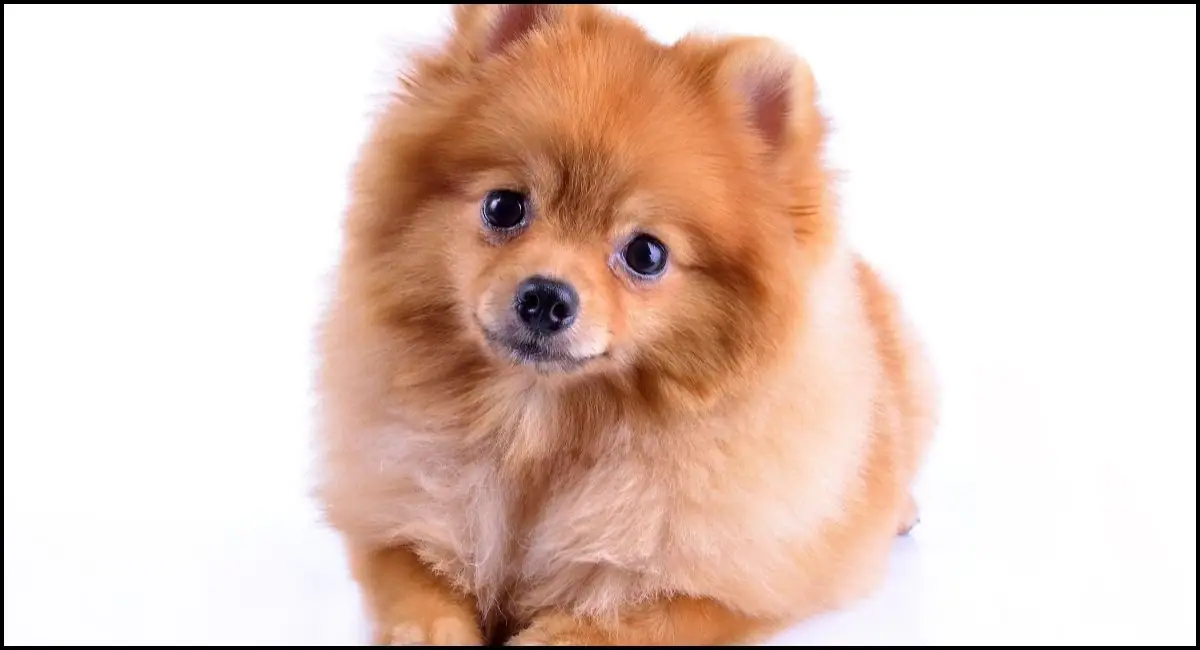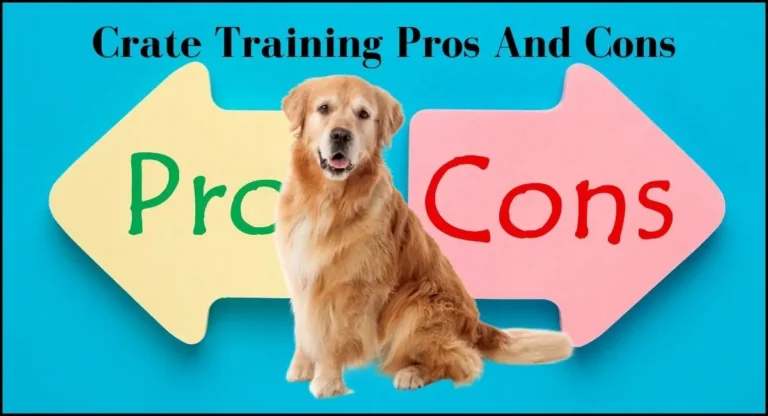How To Keep A Dog Busy In A Crate: 8 Effective Ways

How To Keep A Dog Busy In A Crate? To know it read the full article.
Crate time, “Here we go again!” Not many dogs like the idea of being put away in an enclosure. But what other option has a pet parent who needs to leave for work or tend to other things of importance got?
Employing the services of a pet sitter isn’t viable in the long run, so keeping your furry buddy in a crate is one of the better ways to keep him safe, as well as set boundaries, while you face the worries of life.
However, putting your dog away in a crate can create fear, cause separation anxiety, and even make him feel sidelined. If, like me, you care about your dog and don’t want him to get bored, below are a few tricks on how to keep a dog busy in a crate:
- 8 Things That Will Keep Your Dog Busy in a Crate
- 1. Tug-a-jug / Food-dispensing Toy
- 2. Dental Chew Toy
- 3. Busy Bucket Technique
- 4. Frozen Food
- 5. Puzzle Feeder
- 6. Chew Toy
- 7. Dog Treats
- 8. Companionship
- Things to Take Note of When Putting Your Dog in a Crate
- Don’t Forget About ACTUAL & Crate Training
- Conclusion
How To Keep A Dog Busy In A Crate?

8 Things That Will Keep Your Dog Busy in a Crate.
Here are the methods you can engage your dog in a crate whether at home or during travels.
1. Tug-a-jug / Food-dispensing Toy
Dogs love playing with toys; given this, it is clever to get your dog a tug-a-jug or food-dispensing toy. You can stuff up the toy with enough food, and they will fall out bits by bits as your dog plays with the tug-a-jug toy.
Interestingly, this can spice up your dog’s playtime in the crate while he tests out his strengths and cleverness to get the food out. When deciding what to put in a food-dispensing toy, it is imperative that you know peanut butter and wet-frozen food will get out more easily than other foods. Here’s a popular product on Amazon I recommend.
2. Dental Chew Toy
Another item that can keep your dog busy while in a crate is a dental chew toy. A dental chew toy design usually houses grooves all over the body. This acts like a toothbrush, and, with it, your dog can get his teeth cleaned of different germs trapped between his gums and teeth and other areas as he battles the toy with the grip of his fangs.
The result, your dog gets his teeth brushed while doing something he likes — that is chewing. Note, however, that these kinds of toys need to be washed and changed regularly because they accumulate harmful bacteria more easily.
3. Busy Bucket Technique
This is a home-made solution, so you’re going to need a bucket; I recommend one made with sturdy plastic or aluminum. The trick is simple, place different kinds of toys and items, along with dry dog food, in the bucket and leave it with your buddy in the crate.
The essence of this trick is to ensure that your dog gets occasional treats as he ransacks the bucket for his favorite toys. While trying to make the bucket as jam-packed as possible, avoid putting items that can be harmful to your dog when chewed or ingested. Items should be ones your dog can chew and play with without any problems.
4. Frozen Food
This is another clever home-made technique on how to keep a dog entertained in a crate. It requires you to freeze your dog’s food till it’s made to look like a popsicle. While I often freeze chicken broth to make the popsicle, you can use any of your dog’s favorite treat that is good for freezing.
Also, I recommend freezing overnight, but you can do so any time you deem convenient. When the popsicle is all ready, place it in his crate as you leave the house. He will spend hours licking it till he can reach the main edible. The added advantage is that it will also keep your dog hydrated while you’re away.
5. Puzzle Feeder
There are different odd-shaped puzzle feeders or slow feeders that you can get for your dog in the market. These puzzles of feeders make it difficult for your dog to reach the food poured in them. As a result, your dog’s job while in the crate becomes trying to eat all the food in the feeder.
The disadvantage of a puzzle feeder is that it can get overturned by a smart dog since most of them are light-weighted. This makes a puzzle feeder ideal for puppies because they don’t have the strength to lift it and turn the contents over.
6. Chew Toy
Regular chew toys are another method on how to keep a dog active while at work. However, you have to get one that is can keep your dog entertained in other to get any positive engaging. This is because a dog who isn’t teething or isn’t a strong chewer can tire of a regular chew toy easily.
For this reason, I recommend getting the Rubber Squawking Chicken. This toy is pretty much a household name because it makes a weird, funny sound when squeezed. The sound can keep your dog entertained while you are away at work.
7. Dog Treats
What will dog treats do differently since you’ve been giving him ever since? I’m not talking about just any dog treat here. Yes, dog treats can keep your dog occupied in a crate to some extent but not very long. There are dog treats that take a long time to break down, thus tasking your dog with hours of chewing.
Some of these treats are jerky sticks. I recommend giving jerky sticks to your dog sparingly, as a repeated treat of this kind can give pose some problems to his dental health.
8. Companionship
While this may not be on your radar on how to keep a dog engaged in a crate. getting companionship for your dog in the person of another dog will keep him busy and eliminate boredom if they are together in the crate.
Even better, the items listed earlier will go well as they get themselves busy with the items.
Things to Take Note of When Putting Your Dog in a Crate
- A dog crate should have enough space so as to make your dog comfy and not feel caged.
- Putting your dog in a crate shouldn’t come as a form of punishment; it should be to keep him safe when you aren’t around and to give him some privacy and ‘alone’ moment.
- Dogs aren’t meant to stay in crates for too long. There should be breaks in between when you will allow him to explore his environment or take a walk down the street with you. This is especially important for boisterous dogs and puppies who must get acquainted with their environment.
- Water should be made available in the crate always, so as to help your dog stay hydrated when you’re not there to give him yourself.
- Ensure your dog doesn’t take harmful objects with him into the crate; make it an obligation to check the crate for any harmful object and take them off if there are any.
- Don’t put things that are easy to break in the crate; your dog may chew them and choke on them, thereby causing a fatal blockage.
When used the right way and at the right time, a crate will attract your dog even without your intervention.
Frankly speaking, putting your dog in a crate is good as it can train him to get used to not having you around always and ultimately eliminate separation anxieties. Even better, occasional moments in a crate will train your dog to be patient and respect your privacy.
For this reason, many other dog experts recommend that one introduce the use of a crate to a dog from the puppy stage.
Don’t Forget About ACTUAL & Crate Training
While treats and toys may help to keep your dog busy and stimulate him, they do not replace training. Just like we need to enrich our kiddies, we need to dedicate time to help our dog’s brains develop. It shouldn’t just be entertainment and treats every time! It’s sort of synonymous with placing a child in front of a T.V. and expecting to improve their overall behavior and well-being.
And training your dog isn’t just about getting them to shake a paw or sit when you ask them to. It should be about making them more intelligent. A more intelligent dog will:
- be more obedient
- have better temperament
- have a stronger bond with you
- learn new skills faster
- not have resistance and anxiety problems
So if you’re a new dog parent to a puppy or adult dog, or you’re just wanting to learn some new skills, I recommend embarking in some sort of training. Professional training, however, can be quite expensive and time-consuming. I really like this training course (opens a new tab). It’s online, it was created and often updated by a professional dog trainer and it really helps you understand how to better stimulate and enrich your puppy’s (or dog’s) life.
You’ll also get access to a private forum and updated content. Don’t get me wrong, while applying the techniques in this course won’t make your dog a diva under a week, its slow, gradual method will see your dog transforming into a more intelligent dog that can take instructions obediently and help you to understand how you may be able to make changes in your approaches with training and trying to change behaviors.
It’s really not that expensive and a resource I think a lot of dog parents can benefit from. Interestingly, there is a 100% money-back guarantee in place should you find the course unfit for your dog.
Conclusion
There is no doubt putting a dog in a crate can save one a lot of mess that could occur from him exploring the house with no monitoring from the owner. However, while items such as chew toys and others mentioned in this article will do a great job at keeping him busy, they won’t save the day if your dog doesn’t love staying in the crate regardless.
Having understood how to keep a dog busy in a crate, training your dog to stay in the crate with no resistance will make him enjoy his stay in there and not hinder his fun time. I hope you have known this topic: How To Keep A Dog Busy In A Crate.
Related Posts:
Read More: Why Does My Dog Open His Mouth When I Pet Him? 7 Reasons
Read More: Why Does My Dog Keep Sniffing My Legs: 5 Common Reasons
Read More: Why Does My Dog Bite Me In The Morning? 2 Way To safe From
Read More: Why Are My Dogs Balls Black? Best Number 1 Answer
Read More: Why Do Dogs Like Peanut Butter?
Read More: Why Does My Dog Nibble My Ear? 10 Reasons
Read More: Why Does My Dog Move Its Bed Around?
Read More: Why Does My Dog Bring Me His Food?
Read More: Why Does My Dog Lay His Head Over My Neck? 7 Reasons
